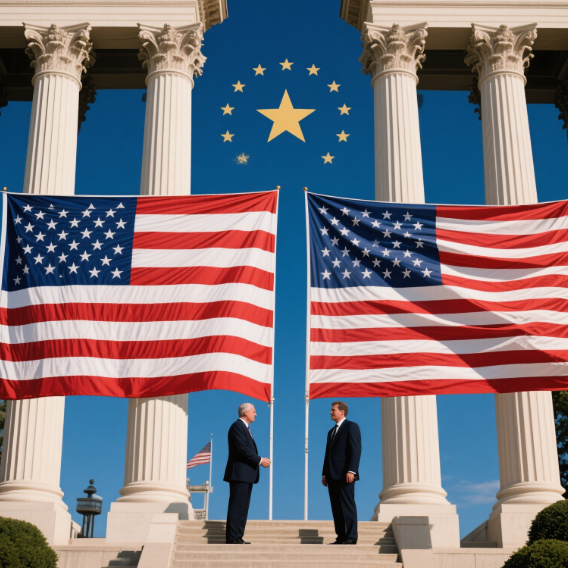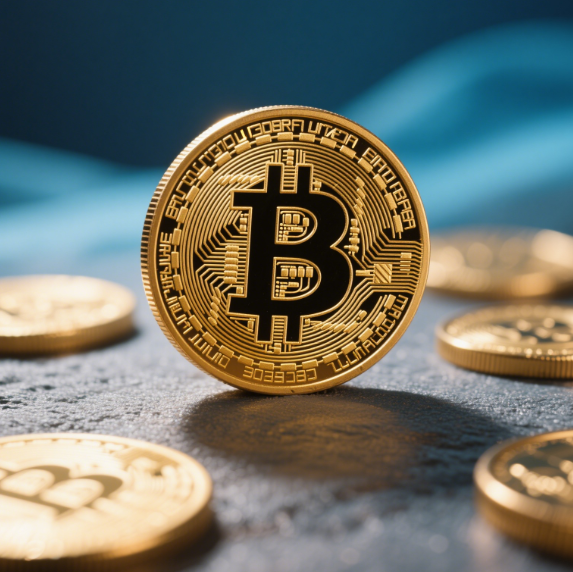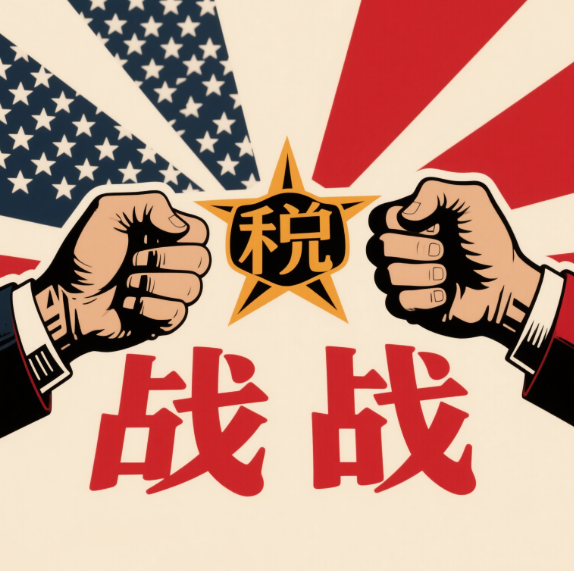In the context of globalization, any change in policy can trigger a chain reaction, especially in the highly volatile cryptocurrency market. the U.S. has made headlines with its tariff policies, from imposing tariffs on specific countries to regulating tech imports, all of which could profoundly impact the pricing and circulation of crypto assets. Many investors might be wondering: how do these tariff policies intersect with the cryptocurrency market? In the following text, we'll delve into the specific impacts of U.S. tariff policy on the crypto market, helping investors make informed decisions in a complex economic environment.
1. Overview of Tariff Policy: U.S. Strategies and Goals
Definition of Tariff Policy
A tariff is a type of tax imposed by a government on imported goods, designed to protect domestic industries, adjust trade balance, and increase tax revenue. In the U.S., tariff policy is generally driven by a combination of economic, social, and political factors aimed at promoting national interests.
Background of U.S. Tariff Policy
In recent years, the U.S. has undergone significant changes in its trade policies towards countries such as China and those in the European Union, implementing a series of tariff measures. These measures not only affect traditional industries but also exert potential influences on emerging sectors, particularly in technology and digital currencies.

2. Direct Impacts of Tariff Policy on the Cryptocurrency Market
Impact on Mining Costs
Cryptocurrency mining is an energy-intensive industry that heavily relies on hardware and electricity. Increased tariffs on imported mining rigs and electronic components will directly raise mining costs. For instance, if the prices of imported mining rigs rise, miners will have to bear higher initial costs, which could lead some small miners to exit the market, thus affecting the network’s hash rate and security.
Impact on Market Liquidity
Tariff policies could also influence the flow of future investments. Suppose the costs of importing key materials rise, subsequently leading to reduced profits for related firms, which would, in turn, affect investor confidence. In an overreacting market scenario, liquidity could experience a temporary tightness, resulting in volatile price fluctuations in crypto assets.
3. Indirect Impacts of Tariff Policy on Market Sentiment
Fluctuations in Investor Confidence
Tariff policies affect not just actual costs and asset liquidity but also have psychological impacts on investors. The market often reacts to policies in advance; before tariff policies are announced, market investors might sell based on speculations, leading to price declines.
Impact of News Media
Media has a significant role in shaping public perception of tariff policies, and negative reports can trigger widespread market panic. If investors perceive incoming economic pressures, they might be inclined to liquidate their holdings quickly, exacerbating the downward price trend.
4. The Relationship Between U.S. Tariff Policy and the Global Cryptocurrency Market
Interdependence of Global Markets
As one of the largest economies globally, changes in U.S. policy can directly affect the global economic landscape. During fluctuations in tariff policies, tense international trade relations may cause other countries to react, ultimately influencing the flow and exchange rates of global cryptocurrency trades.

Changes in Competitive Markets
U.S. tariff policies may lead other nations to enhance their competitiveness. For instance, if U.S. tariffs increase mining costs in China, some miners may shift operations to more favorable countries. Such actions could redistribute global hash rates, impacting the overall production and circulation of cryptocurrencies.
5. How Retail Investors Can Respond to Changes
Enhancing Market Sensitivity
For retail investors, often lacking comprehensive information, sensitivity to policy changes is crucial. Keeping an eye on changes in U.S. economic policies, especially those related to tariffs, provides a basis for decision-making.
Flexibly Adjusting Investment Portfolios
As policies change, investors should adjust their portfolios flexibly. Focus should be on assets less impacted by policy fluctuations, and necessary stop-loss measures should be taken to avoid irrational losses.
Increasing Knowledge Reserves
Retail investors should leverage online platforms and educational resources to improve their financial knowledge. This should not only include an understanding of cryptocurrency technology but also a focus on global economics, financial policies, and their influence, so they can make better investment decisions amid policy fluctuations.
 Conclusion
Conclusion
In summary, U.S. tariff policy is undeniably a significant factor influencing the cryptocurrency market. It affects the market through changes in mining costs, impacts on liquidity, and psychological effects on investors. As investors, we must stay to policy changes and adapt accordingly to seize opportunities amidst market volatility. By enhancing our knowledge base and market sensitivity, we can pave a smoother path in our cryptocurrency investment journey.














No comments yet